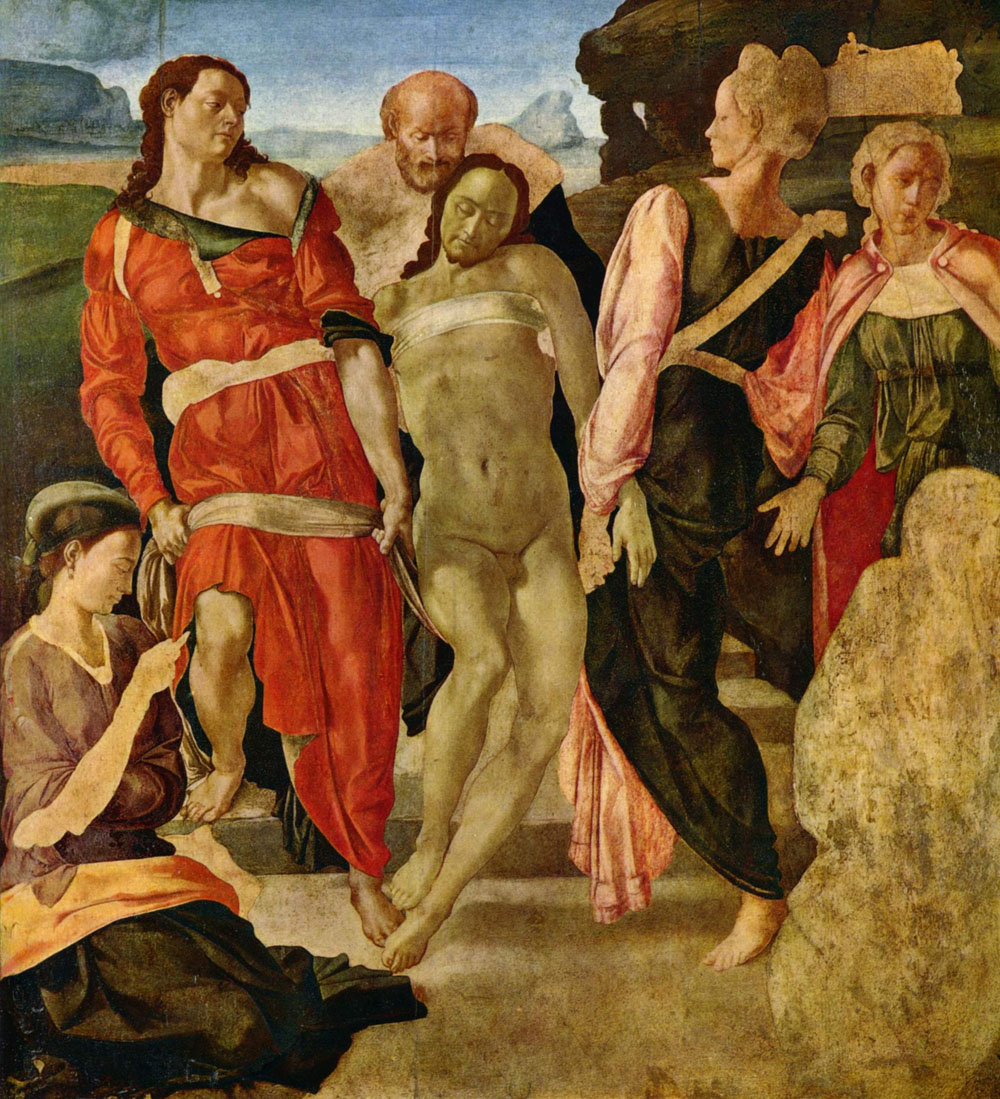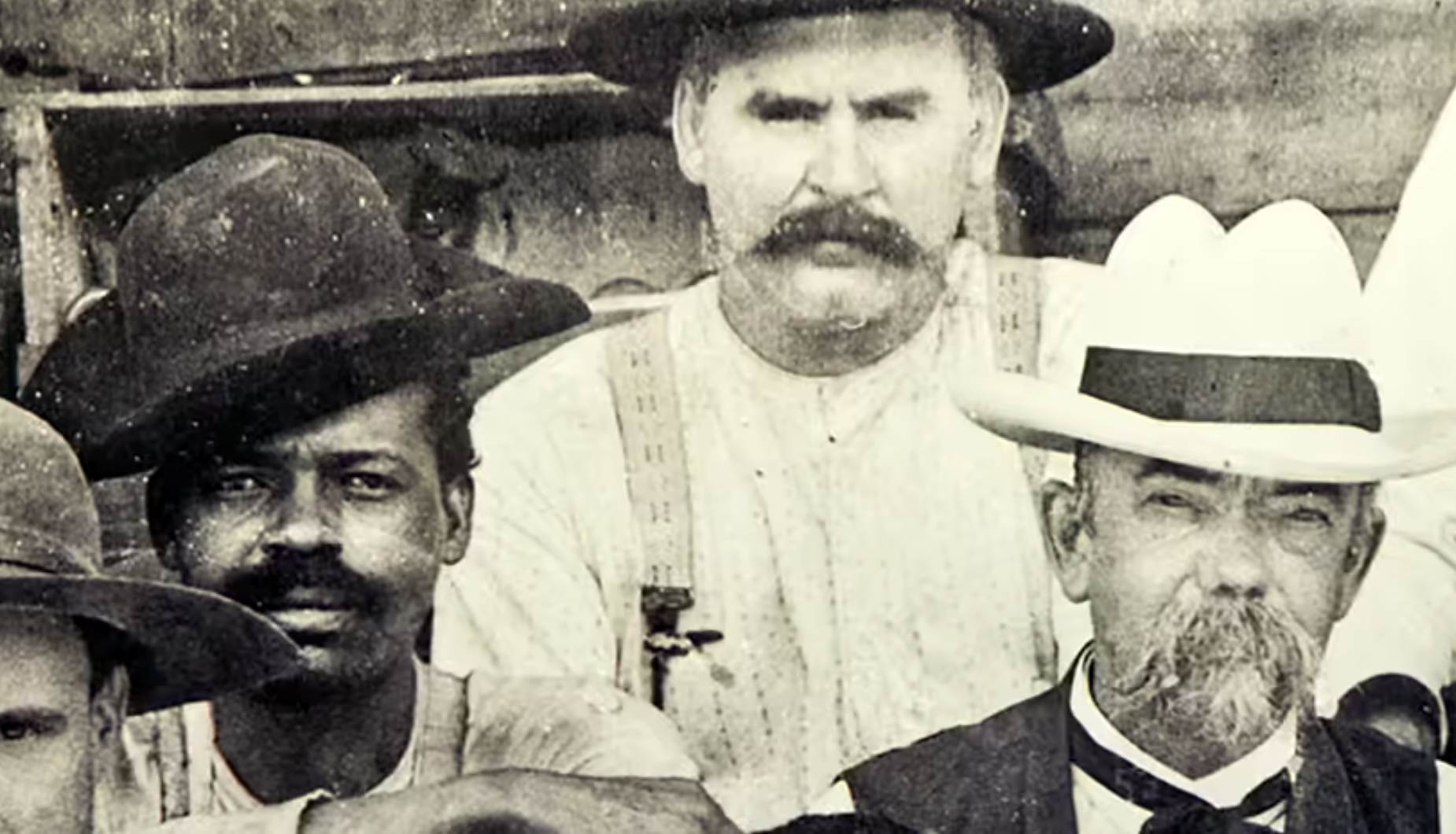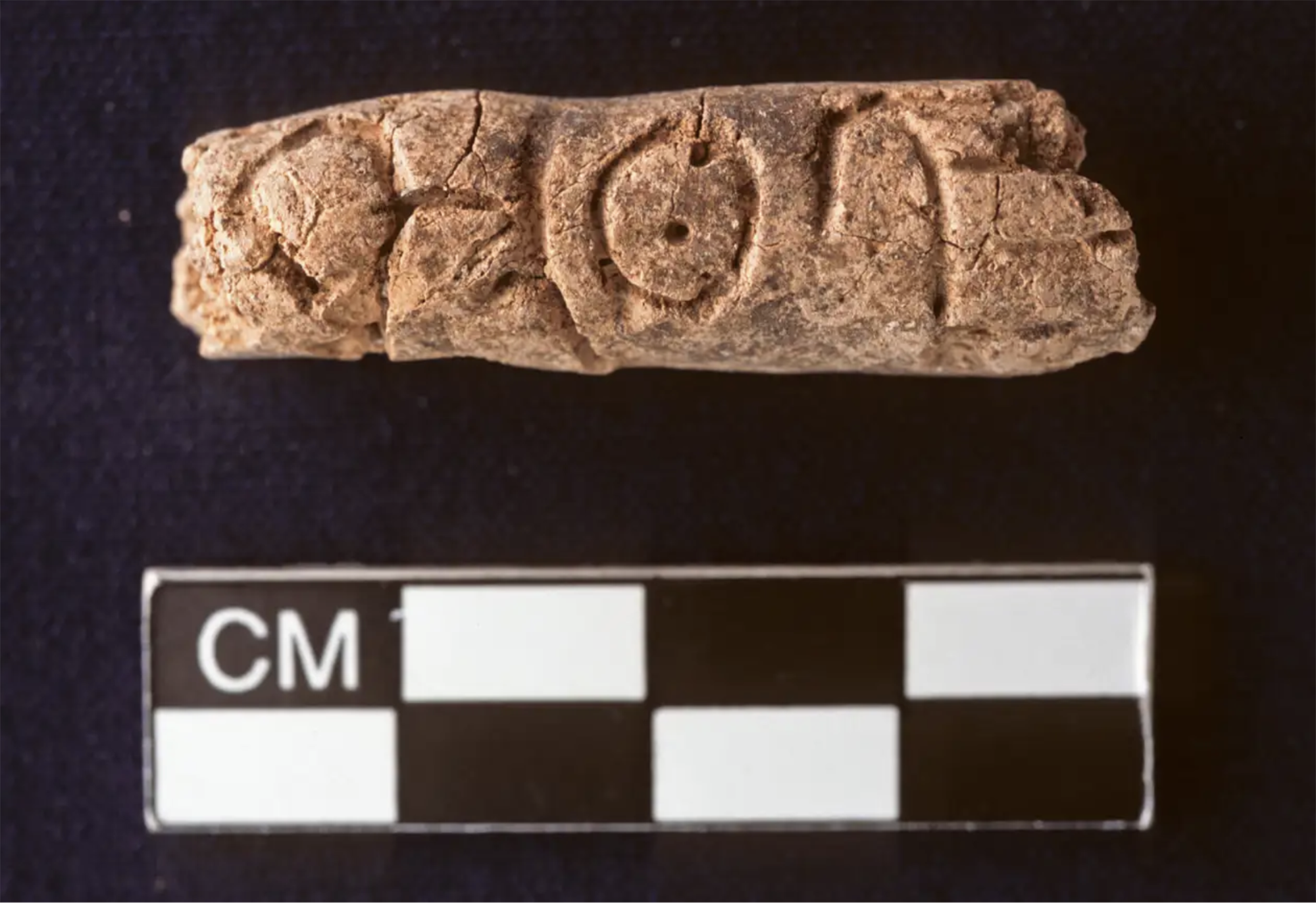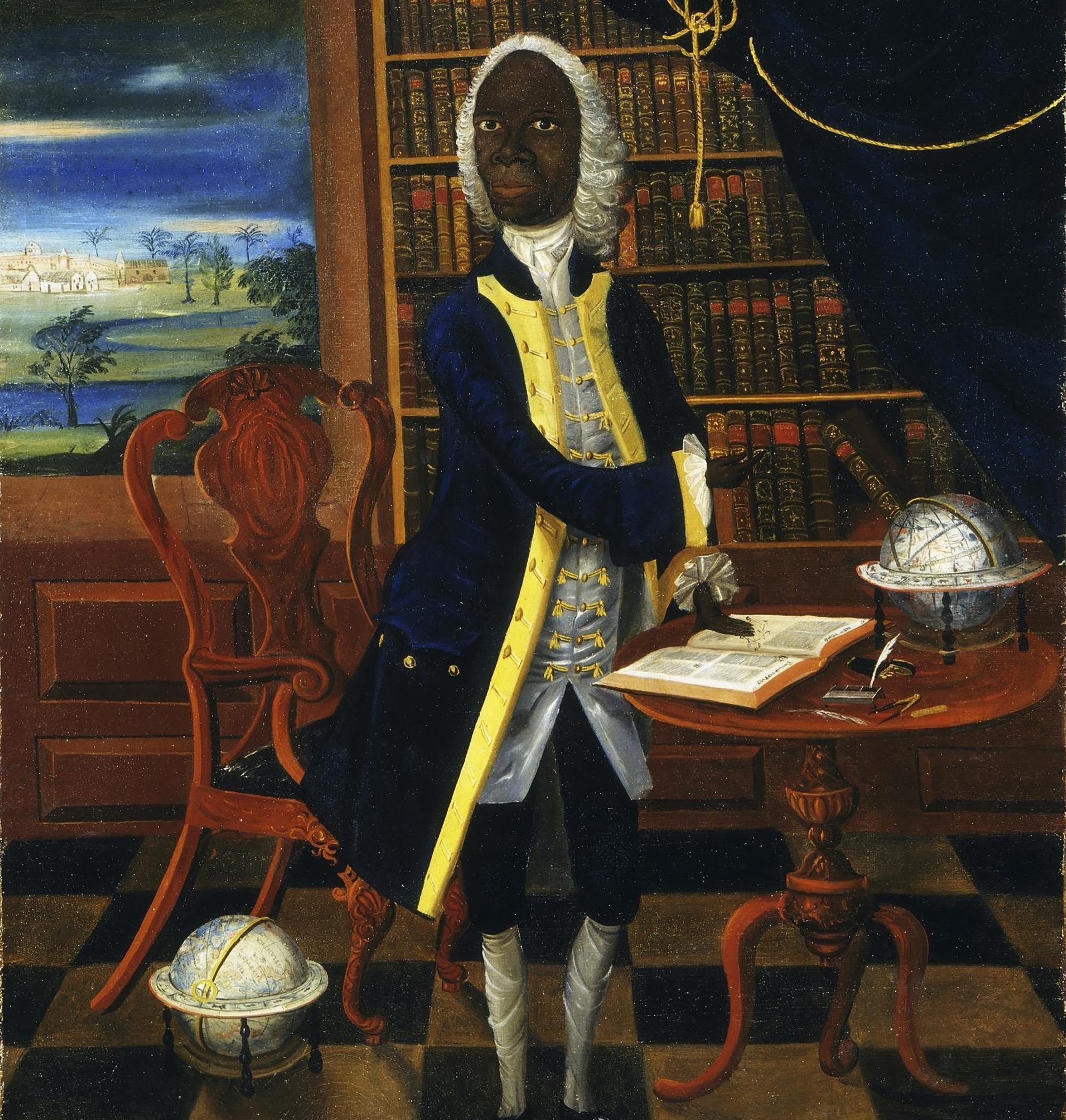Blue with gold value
- Rome 1501. The artist Michelangelo Buonarrotti (1475-1564) left the city to return to Florence, where he left the Santo Entierro painting unfinished.

It is possible that the change of city was the cause of the rupture, but taking a look at the unfinished work it is quite obvious that it lacks a color: blue. The most precious color, and the most expensive, for the artists of the time, was the navy blue, and in the religious paintings they used it to color singular elements, mainly for the costumes of Jesus Christ and the Virgin. So the most widespread hypothesis is that young Michelangelo didn't want to pay for sea blue, but he didn't want to use the cheapest blue, and so he left the painting unfinished.
The painter Rafael (1483-1520) used a more economical solution: he painted the basic blue layers with cheaper azurite and only wasted the navy blue in the last layers and touches. But Michelangelo and other artists did not want to take measures of this kind, and, for example, Jan Vermeer (1632-1675), a Dutch man, buries his whole family once to get into the blue sea. There were also artists who tried to fill the blue of the sea with a more common anil in secret, but the revelation of deception brought with it the disqualification of the painter.
The blue sea did not come from the sea, but from the present Sar-i Sang mine in Afghanistan. Until the 18th century, this was the only source of obtaining Lapis Zuli, the main component of the navy blue. The shortage of raw material made the product more expensive, but also the long and painful process of obtaining the pigment. They crushed the lapis azuline into a fine powder; the powder was mixed with melted wax, oil and resin; to finish, the mixture was obtained by kneading with a solution of bleach. Pigment was produced in very small quantities, so navy blue was more expensive than gold.
In 1824, the Société d’Encouragement of France offered a remuneration of 6,000 pounds for anyone who invented a synthetic pigment to replace navy blue. French chemist Jean-Baptiste Guimet and German researcher Christian Gmelin presented their synthetic paintings and finally delivered the award to French. The blue sea of “France” is born and the blue sea of “always” is made. But for some it would never be the same. The natural blue sea is filled with minerals: calcite, pyrite, mica… These deposits make light refractory in many ways, so that the brushstrokes are always different, always unique.
Vietnam, February 7, 1965. The U.S. Air Force first used napalma against the civilian population. It was not the first time that gelatinous gasoline was used. It began to be launched with bombs during World War II and, in Vietnam itself, it was used during the Indochina War in... [+]
Archaeologists have discovered more than 600 engraved stones at the Vasagård site in Denmark. According to the results of the data, dating back to 4,900 years ago, it is also known that a violent eruption of a volcano occurred in Alaska at that time. The effects of this... [+]
Japan, 8th century. In the middle of the Nara Era they began to use the term furoshiki, but until the Edo Era (XVII-XIX. the 20th century) did not spread. Furoshiki is the art of collecting objects in ovens, but its etymology makes its origin clear: furo means bath and shiki... [+]
In an Egyptian mummy of 3,300 years ago, traces of Yersinia pestis, the bacterium that caused the Justinian plague in the 6th century and the Black Plague in the 14th century, have just been found.
Experts until now believed that at that time the plague had spread only in... [+]
Greenland, the end of the 10th century. The first Scandinavian explorers and settlers arrived on the island. But by the 15th century these settlements had been abandoned and the original Inuit remained. But in 1721, the missionary Hans Egede organized an expedition and the... [+]
In 2017, Indonesia and the Netherlands signed an agreement to return the heritage stolen by the European country because of colonialism for three centuries. The Indonesian responsible for the return process, Gusti Agung Wesaka Puja, explained that this agreement "was important in... [+]
Greece 1975. The country began the year as a republic, three weeks earlier, in the referendum on 8 December 1974, after the citizens decided on the end of the monarchy.
A decade earlier, in 1964, when King Paul I died, his son Constantine took the throne at the age of 23.
But... [+]
Copenhagen, 18 December 1974 At 12 noon a ferry arrived at the port, from where a group of about 100 Santa Claus landed. They brought a gigantic geese with them. The idea was to make a kind of “Trojan Goose” and, upon reaching the city, to pull the white beard costumes... [+]
Tennessee (United States), 1820. The slave Nathan Green is born, known as Nearest Uncle or Nearest Uncle. We do not know exactly when he was born and, in general, we have very little data about him until 1863, when he achieved emancipation. We know that in the late 1850s Dan... [+]
New York, 1960. At a UN meeting, Nigeria’s Foreign Minister and UN ambassador Jaja Wachucu slept. Nigeria had just achieved independence on 1 October. Therefore, Wachuku became the first UN representative in Nigeria and had just taken office.
In contradiction to the... [+]
Researchers at Johns Hopkins University have discovered several cylinders with inscriptions at the present Syrian Reservoir, the Tell Umm-el Marra. Experts believe that the signs written in these pieces of clay can be alphabetical.
In the 15th century a. The cylinders have... [+]
London 1928. At the Victoria and Albert Museum there was a very special painting: in the painting there is a black man, with wig and Levite, surrounded by books and scientific instruments. Thus it was catalogued in the Museum: “Unique satirical portrait representing a failed... [+]
Ethiopia, 24 November 1974. Lucy's skeleton was found in Hadar, one of the oldest traces of human ancestors. The Australian hominid of Australopithecus afarensis is between 3.2 and 3.5 million years old.
So they considered it the ancestor of species, the mother of all of us. In... [+]
A group of archaeologists from the University of Berkeley, California, USA. That is, men didn't launch the lances to hunt mammoths and other great mammals. That was the most widespread hypothesis so far, the technique we've seen in movies, video games ...
But the study, published... [+]

























